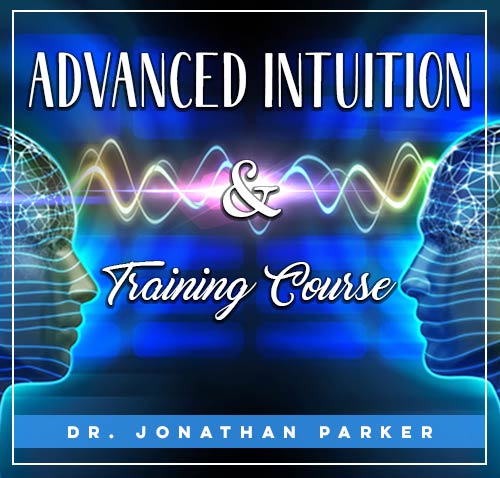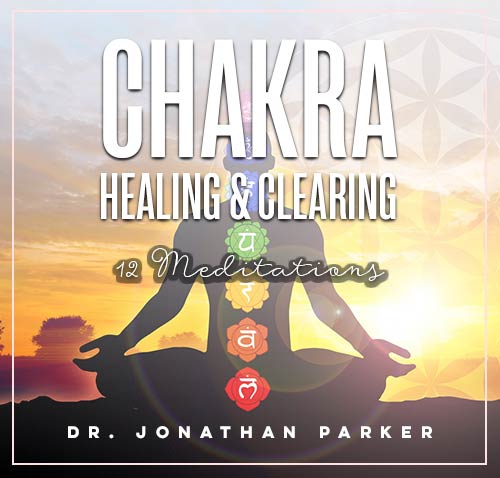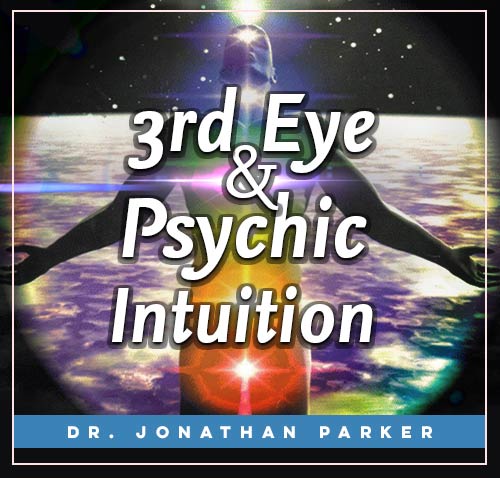How to Avoid Dangers in Third Eye Meditation

Before diving in, please note: This post is for informational purposes only. If you’d like to know more about how we approach topics, feel free to check out our friendly Disclaimer Page.
Hey there, amazing readers! 🖐️ Just a quick note: yes, we know there are a lot of ads here. Trust us, we get it—it’s not the prettiest look, but they help us keep this blog alive and kicking. Those pesky little ads cover the costs of all the behind-the-scenes magic, from hosting and tech stuff to creating content we hope you’ll love.
We’re committed to delivering quality posts, and your support (even just sticking around despite the ads) means everything to us. So, bear with us, and thanks for helping us keep the good vibes rolling. Now, on to the fun stuff! 😉
TRANSLATE BUTTON AT THE END OF THE ARTICLE
A Quick Overview
Third eye meditation is a practice that involves focusing on the area between the eyebrows, which is believed to be the location of the third eye chakra.
This form of meditation is said to enhance intuition, insight, and spiritual awareness.
While it can be a powerful tool for personal growth and self-discovery, it is important to approach third eye meditation with caution to avoid potential dangers and pitfalls.
Understanding Third Eye Meditation
Third eye meditation is a form of meditation that involves focusing on the Ajna chakra, also known as the third eye chakra, located between the eyebrows.
This chakra is associated with intuition, insight, and inner vision.
By focusing on this area during meditation, practitioners aim to open up their third eye chakra and enhance their spiritual awareness.
Importance of Safety in Meditation
Safety is crucial when practicing any form of meditation, including third eye meditation.
Without proper precautions, practitioners may experience negative side effects or even harm themselves.
It is essential to approach meditation with mindfulness, respect, and a focus on self-care to avoid potential dangers.
Common Dangers to Avoid
There are several common dangers associated with third eye meditation that practitioners should be aware of.
These include:
1.
Overstimulation: Focusing too intensely on the third eye chakra can lead to overstimulation, causing headaches, dizziness, or even hallucinations.
2.
Emotional imbalances: Third eye meditation can bring buried emotions to the surface, leading to feelings of anxiety, depression, or overwhelm.
3.
Spiritual bypassing: Avoiding or denying difficult emotions and experiences in favor of spiritual pursuits can create a disconnect from reality and hinder personal growth.
Signs of Overexertion in Meditation
It is essential to recognize the signs of overexertion in meditation to avoid potential dangers.
Some common signs include:
Headaches or migraines
Dizziness or lightheadedness
Feelings of disorientation or confusion
Emotional instability or mood swings
If you experience any of these symptoms during meditation, it is crucial to take a break and reassess your practice.
Proper Posture and Breathing Techniques
Maintaining proper posture and breathing techniques is key to a safe and effective meditation practice.
When practicing third eye meditation, sit comfortably with your spine straight and shoulders relaxed.
Focus on slow, deep breathing to calm the mind and body.
Setting Boundaries in Meditation Practice
It is important to set boundaries in your meditation practice to avoid overexertion and burnout.
Establish a regular routine that includes breaks, rest days, and self-care activities.
Avoid pushing yourself too hard or forcing experiences during meditation.
Balancing Energy Levels in Meditation
Balancing your energy levels is crucial for a safe and harmonious meditation practice.
Grounding techniques, such as visualizing roots extending from your body into the earth, can help stabilize your energy and prevent overstimulation.
Incorporate grounding practices into your meditation routine to stay centered and balanced.
Choosing a Safe Environment
Creating a safe and nurturing environment for meditation is essential for your well-being.
Choose a quiet, comfortable space free from distractions where you can fully focus on your practice.
Keep your meditation area clean and organized to promote a sense of peace and tranquility.
Seeking Guidance from Experienced Practitioners
If you are new to third eye meditation or have concerns about your practice, seek guidance from experienced practitioners or meditation teachers.
They can offer valuable insights, advice, and support to help you navigate potential dangers and challenges in your meditation journey.
Listening to Your Body’s Signals
Listening to your body’s signals is crucial for maintaining a safe and healthy meditation practice.
Pay attention to any discomfort, pain, or unusual sensations during meditation and adjust your practice accordingly.
Trust your intuition and prioritize your well-being above all else.
Incorporating Grounding Techniques
Grounding techniques are essential for stabilizing your energy and avoiding overstimulation in meditation.
Some effective grounding practices include:
1.
Walking barefoot in nature
2.
Visualization exercises
3.
Physical movement or yoga
4.
Eating grounding foods like root vegetables
Incorporate these techniques into your meditation routine to stay grounded and centered.
Regularly Assessing Your Meditation Practice
Regularly assessing your meditation practice is crucial for identifying potential dangers and making necessary adjustments.
Reflect on your experiences, feelings, and progress in meditation to ensure that you are practicing safely and effectively.
Stay open to feedback and guidance from others to optimize your meditation practice.
Conclusion
In conclusion, practicing third eye meditation can be a transformative and enlightening experience, but it is essential to approach it with caution and mindfulness.
By understanding the common dangers to avoid, recognizing signs of overexertion, maintaining proper posture and breathing techniques, setting boundaries, balancing energy levels, choosing a safe environment, seeking guidance, listening to your body’s signals, incorporating grounding techniques, and regularly assessing your practice, you can cultivate a safe and beneficial meditation practice.
Remember to prioritize your well-being and self-care throughout your meditation journey.

The Enlightenment Journey is a remarkable collection of writings authored by a distinguished group of experts in the fields of spirituality, new age, and esoteric knowledge.
This anthology features a diverse assembly of well-experienced authors who bring their profound insights and credible perspectives to the forefront.
Each contributor possesses a wealth of knowledge and wisdom, making them authorities in their respective domains.
Together, they offer readers a transformative journey into the realms of spiritual growth, self-discovery, and esoteric enlightenment.
The Enlightenment Journey is a testament to the collective expertise of these luminaries, providing readers with a rich tapestry of ideas and information to illuminate their spiritual path.
Our Diverse Expertise 🌟
While our primary focus is on spirituality and esotericism, we are equally passionate about exploring a wide range of other topics and niches 🌍📚. Our experienced team is dedicated to delivering high-quality, informative content across various subjects ✨.
To ensure we provide the most accurate and valuable insights, we collaborate with trusted experts in their respective domains 🧑🏫👩🏫. This allows us to offer well-rounded perspectives and knowledge to our readers.
Our blog originally focused on spirituality and metaphysics, but we’ve since expanded to cover a wide range of niches. Don’t worry—we continue to publish a lot of articles on spirituality! Frequently visit our blog to explore our diverse content and stay tuned for more insightful reads.








